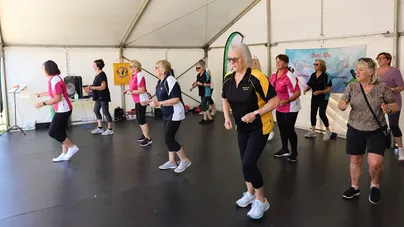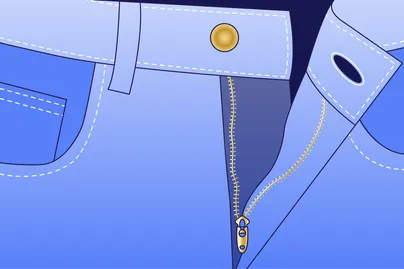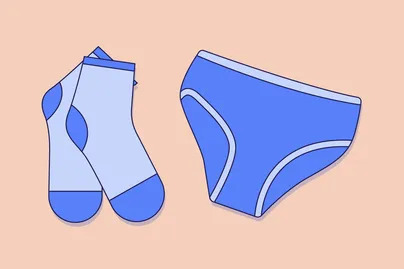Independent dressing is a skill that could be taken for granted. It’s also a skill you rely on every day.
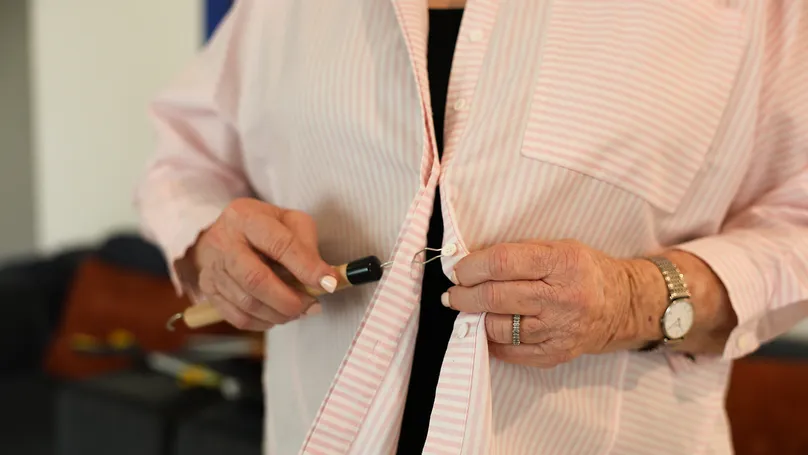
Did you know getting dressed counts as light incidental exercise? This means it's a form of exercise you can do without really thinking about it.
This type of regular movement can help keep you mobile and fit. It can also help with management of pain and arthritis.
Below are some examples of dressing aids and tips help you keep dressing yourself independently.
Why getting dressed can be difficult
Being able to get dressed on your own is a common goal for most older people. Here are some of the obstacles many you may face as you age, which may make getting dressed more difficult:
- Sore shoulders could make pulling on tops and jumpers harder than it used to be.
- Arthritis can make it a challenge to do fiddly tasks like doing up buttons and zips.
- Difficulty bending forward to reach your feet could make it harder to put on shoes or tie shoelaces.
Do any of these struggles sound familiar? If so, read on for a few potential solutions.
Everyday aids to assist with dressing
There are so many ways to make dressing easier! Some people change the type of clothes they wear. This could mean wearing pull-on trousers instead of zipped ones, or wearing clothes that don’t have buttons.
There are also many types of adaptive clothes available nowadays. Even fashion designers are getting involved with the trend!
There are clever ‘hacks’ to make dressing easier. There’s a huge range of easy-to-use dressing aids available at well-known retailers.
Dressing stick
A dressing stick is a useful dressing aid if you have difficulty bending and reaching.
- A dressing stick is a lightweight stick with a hook at one end. It has a rubber thimble or two-prong hook at the other end.
- Dressing sticks can help you reach, pull, or push clothing that’s out of your reach. You can use a dressing stick to hook into the loop on your trousers to pull them up. It can also be used to lift a shirt over your shoulder.
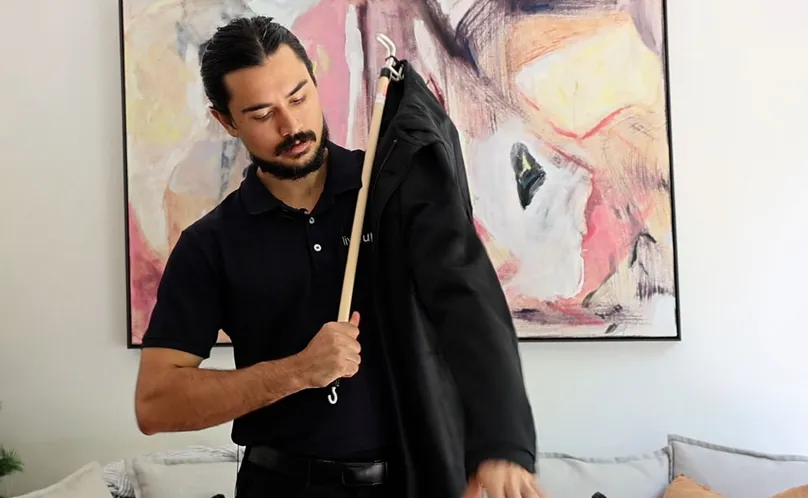
Long-handled shoehorn
A long-handled shoehorn is a helpful product if you have difficulty bending forward or reaching your feet to put on your shoes.
- The extra length of the shoehorn means that you don’t have to bend to reach your feet or shoes.
- The shape of the shoehorn opens up your shoes while you slip your feet in.
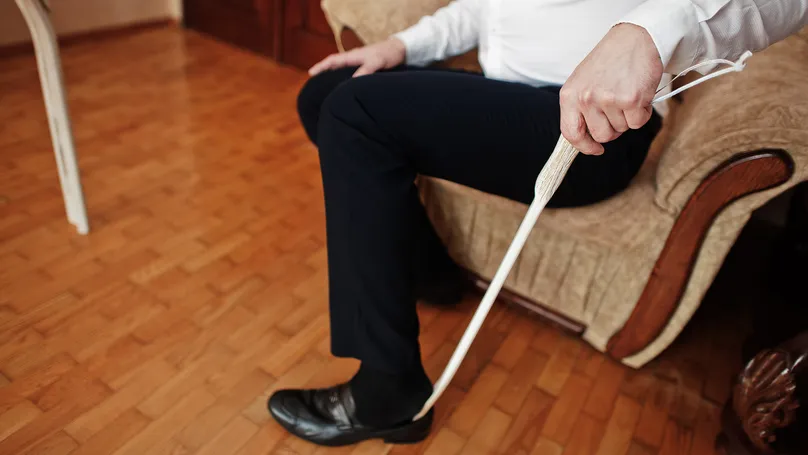
Reacher or pick-up stick
A long-handled reacher is useful if you can’t bend down or reach far enough to pick something up.
- A reacher extends the length of your arm. It allows you to pick up items that would otherwise be out of reach in high, low, or awkward spaces.
- A reacher has jaws at the bottom end and a trigger at the top end. Squeeze the trigger to catch the item, and release by letting go.
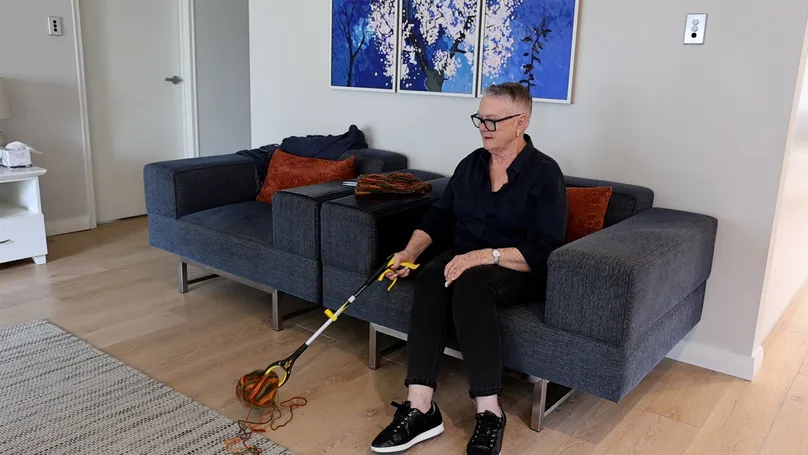
Button hook and zip puller
A button hook and zip puller multitool is useful if you have difficulty managing fiddly clothing items with your hand. Fastening and unfastening buttons is a common dressing difficulty because buttons are small, and you need to use two hands for buttoning.
- This multitool has a long narrow loop of wire which slides through the buttonholes in your shirt.
- You then slide the wire loop over each button to pull it back through its buttonhole.
- At the other end of the aid, a small hook is used to catch the zipper and pull it up or down.
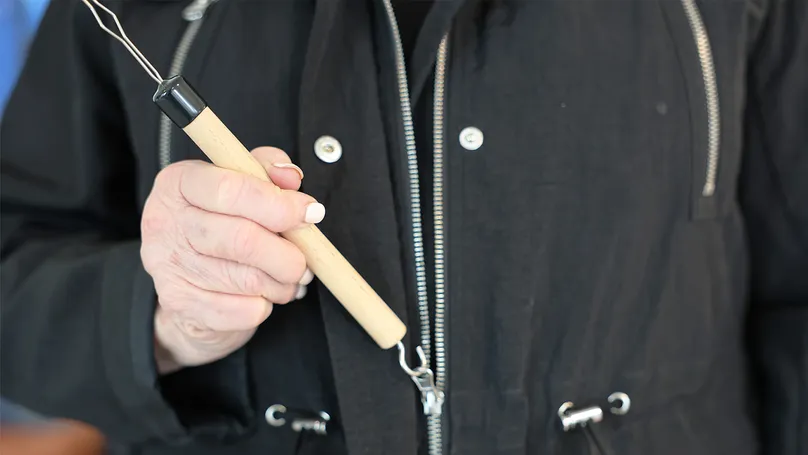
Sock and stocking aid
As you get older, bending and gripping things may become harder to do. Being able to put on socks or stockings yourself is a common goal for older people.
- A sock aid is a lightweight aid used to pull socks or stockings onto your foot. A sock and stocking aid usually has side notches to hold the sock in place.
- The sock fits onto the foot sleeve and is pulled into position using long rope handles.
- Double-sided sock aids are also available to assist with putting on tights and pantyhose.
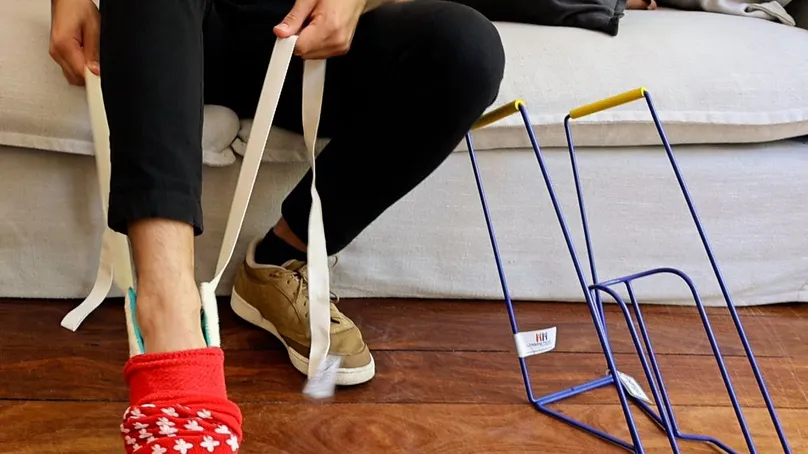
Putting on and taking off pressure stockings
If your doctor has advised you to wear pressure stockings then it’s important to follow those instructions.
Pressure stockings are very tight, which can make them difficult to take on and off. An ordinary sock or stocking aid is not strong enough to hold a pressure stocking open. There are a few products that are strong enough to help with putting on and taking off pressure stockings.
- Compression Hosiery Applicator (for putting on pressure stockings)
- Compression Stocking and Sock Aid Kit (for putting on pressure stockings)
- Medi Butler Off (for taking off pressure stockings yourself)
Tips for dressing independently
- Get dressed and undressed in a warm room.
- Have everything you need organised and within easy reach.
- Sit to dress/undress yourself if you feel off balance.
- Take your time to get dressed.
- Avoid wearing tight fitting clothing and too many layers.
- Choose clothing made from natural fibres like wool.
- Stretchy fabrics are easier to put on than woven fabrics.
- Use the dressing aids mentioned above if you need them.
An occupational therapist can help you
You may benefit from seeing an occupational therapist (OT) for some professional advice. An OT can:
- Help you with dressing techniques to keep you as independent as possible
- Find the right assistive products and show you how to use them
Find an OT in your local area with the search tool on the Occupational Therapy Australia website.
Get in touch with LiveUp
If you would like some more information or helpful tips, take the LiveUp quiz or get in touch with one of our team on 1800 951 971.
References
Arthritis Australia. (2023). Physical activity and exercise. https://arthritisaustralia.com.au/managing-arthritis/living-with-arthritis/physical-activity-and-exercise
Australian Department of Health and Aged Care. (2021). About physical activity and exercise. https://www.health.gov.au/topics/physical-activity-and-exercise/about-physical-activity-and-exercise
How to use this information
LiveUp provides free information to help you make informed decisions about your health. This information is for general and educational purposes only, is not intended to provide a comprehensive guide, and does not replace medical advice. Everyone is different, so some of these tips may work better for you than others. You should use your own judgment and seek medical advice when applying this information to yourself, to determine if it is suitable in your circumstances. Your use of, or reliance on, this information is solely at your own risk. Independent Living Assessment Incorporated is not responsible or liable for any injury, loss, or damage caused as a result of your use of, or reliance on, this information.
Download and print this article:
You can print out the PDF and stick it to your fridge or file away the tips to revisit at a later time.
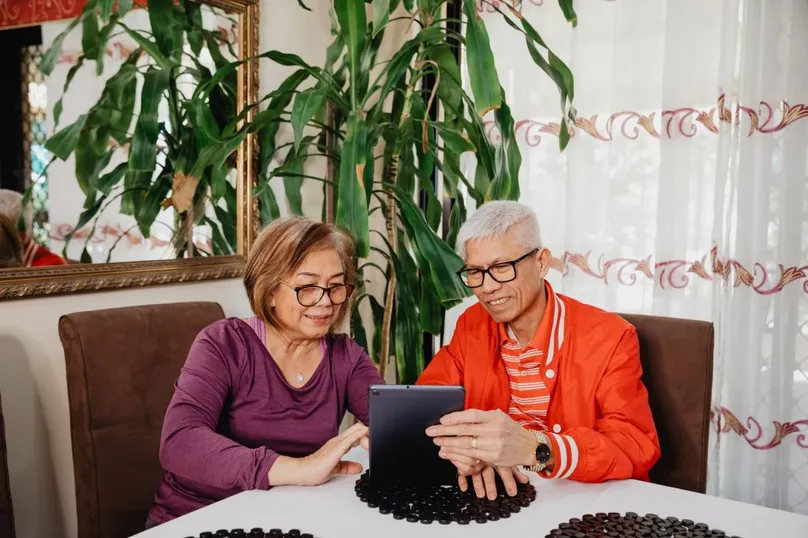
Read more Comfort articles
Did you enjoy this article? You may also like reading similar healthy ageing articles.
See all Comfort articles